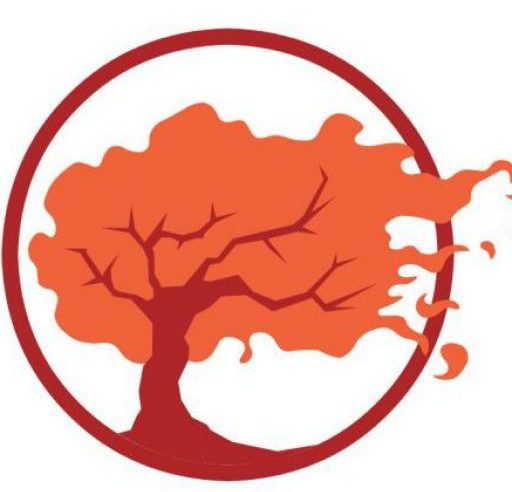On a simple level, here is an opportunity to support good literature at a time when The Market is often powerful at blocking quality and truth. And, in this case, this is an opportunity to help support organizations that are proven to be effective and bold and devoted to working to improve the lives of some of the people worst affected by war and poverty. So, this post announces that I am bringing back the full recording of The Stories of Devil-girl and making it available for purchase as a download for your MP3 or other listening devices, your computer, or to be burned onto CDs. If you go to the Devil-girl page, you will also find links to some excerpts of the recording at no cost.
Here’s a bit more about Devil-girl and why her time is now.
We are facing a pile-up of the truth. So much truth it is unbearable, and it certainly feels inexpressible. The narrator of Devil-girl, who found her way to me, has a voice that moves in a way from her own belly button, the not so sweet ombligo of her youth, to those people her experiences put her in alliance with. It is a voice which abandons her, leaves her body, as our voices sometimes do, a voice that grows as it moves around the planet, as it discovers the hard lives of labor and abuse, the exploitation of others, of children and women, all around the globe. It is a voice that has no “place” except in the shadows or on the street. It is an imprisoned voice which becomes a roving voice.
We need narrators that aim to tell something of the horrible unbearable truth. This is coming forward in memoir, in journalism, in film. We need it in fiction, as well, in all forms.
This of course prompts me to ask you to describe the narrative voice in something you are writing, especially where it is not working, and you may suspect something is amiss within the complex workings of the narrator. Write down rapidly 10 words that come to mind when you think of that narrative voice. Now, 20 words. And then freewrite where that narrative voice is, where it sits or stands or runs or walks, where that narrative voice is speaking from.
Another reason to bring back Devil-girl now is this: at a time when the language I have may fail to tell of the true nature and depth of the grief that sits in the writer at the daily atrocity, there were moments when Devil-girl went to the edge of language and told me what is possible for me. I have been working a lot more since I wrote this novella to embody fiercely but in a more restrained way the stories and characters that inhabit me, but the voice of Devil-girl is one that remains close to my heart, as does the “character”.
We are in a world where restraint may be a privilege, one I embrace because a voice of full and immediate response to horror and grief is not always heard in its specificity. But it is heard, at least when the media opens its power to show us these responses as they happen. You know what I am talking about. You can fill in the blanks, the many blanks as to the many places on the planet and throughout the country where all the beautiful devil-children are being slammed. You can fill in the blanks as well of the terrible consequences.
I can begin that list, the list we run through our minds each day, but I think I just want to say that I am bringing back The Stories of Devil-girl at this moment when the demonization and discarding of children; their being exploited and violated, is global, constant, beyond the belief of a functioning heart.
Here’s a couple of statistics to consider, because sometimes numbers push forward words.
http://www.zmag.org/content/showarticle.cfm?ItemID=12761: “…the UN Security Council in 2000 passed the Optional Protocol on the Involvement of Children in Armed Conflict, which made no distinction between formal militaries and non-state militias, and which defined the recruitment of children under 18 (instead of 15) years of age as a war crime. Since then, UN-sponsored war crimes trials, like the one in Sierra Leone, have included recruitment of children into armed groups as a crime against humanity. As I write, however, it is estimated that 300 000 children are serving in various armies or militia groups around the world.” From “Child Soldier”, by Lansana Gberie, in part a review of Ishmael Beah’s A Long Way Gone: Memoirs of a Boy Soldier (Farrar Straus Giroux, 2007).
http://www.thecanadianencyclopedia.com/index.cfm?PgNm=TCE&Params=M1ARTM0012537 “According to United Nations estimates, tens of thousands of children (under 18) are forced into the sex trade around the world each year. Some countries, including Thailand – long considered the world’s child-sex capital – are cracking down on the trade. In Cambodia, though, the industry thrives.” From “Child-Sex Trade Thriving in Cambodia” by journalist Susan McClelland, http://www.susanmcclelland.com/art.htm
The first time I read from the novella in public, my oldest friend was there. She lovingly called her daughter, then probably 5 or so, her devil-child. Her so smart, so verbal, so stubborn, so mischievous, so dramatic, so gifted daughter. Those elements that make some people want to take and crush the beauty of children. Those ways that make it possible for at least many of those children to survive it all. Even work to change it. And this child is African American. Quick to be demonized as would be her younger brother in a racist society. So, Devil-girl is a compliment, one that takes a word and turns its meaning around.
Please purchase a download of the full recording, by the author, of The Stories of Devil-girl. Go to http://anyaachtenberg.com/?page_id=46 and click on the “Buy Now” button. Remember, a percentage of the proceeds will go to two organizations doing some of the best work there is.
Peace,
Anya
